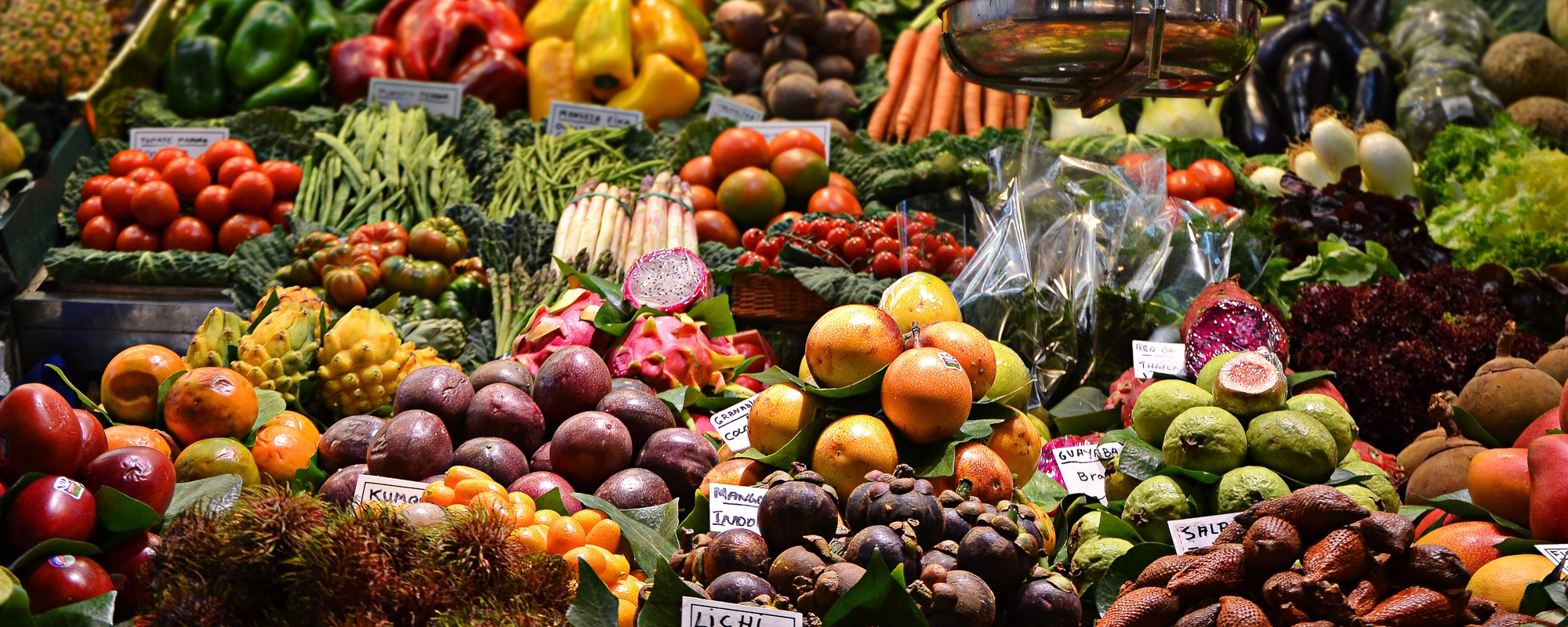Teaching the Junior Master Gardener materials continues to teach me. In the chapter on fruits and nuts is an exercise called ‘Fruit and Veggie Lab’. I had not really thought before how our social customs have a stronger influence on how we classify things than technical definitions.
Botanically speaking, a fruit is the ripened, seed-bearing part of a flowering plant, as a pod or berry. Seeds of course produce the next generation of plants by sexual propagation. So technically speaking many of our vegetables are really fruits. The lab part of the exercise is to cut open the vegetables and look for seeds. Common veggies with seeds inside the part we eat include tomatoes, cucumbers, squash, beans, and okra.
A true vegetable comes from any part of the plant other than the flower. Leaves we eat include: lettuce, spinach, and cabbage. Roots we eat include carrots, radishes, and beets. We also eat stems in celery, flower buds in broccoli and cauliflower, and even emerging shoots in asparagus. So it logically follows that we what we call asexual reproduction, where we stick leaf, root, and stem cuttings, is vegetative propagation.
So the question becomes why so many of the fruits we eat are called vegetables? Social customs defines vegetables as those eaten during the main course of a meal. Fruits were often sweeter and considered the dessert. Farmers also divided them according to how they are grown. Most vegetables are annuals – with asparagus being one exception. Fruits tend to be perennial and most often grown on trees like oranges, apples, peaches or shrubs like blueberries and brambles like raspberries and blackberries.
The distinction between fruits and vegetables has been fuzzy ever since the Supreme Court ruled on a case in 1893. Back then fruits were considered a luxury item and taxed at a higher rate than vegetables. They ruled that tomatoes were a vegetable to be taxed at the lower rate, which of course made the tomato farmers happy. So social customs became more important than botanical distinctions.
So the next time someone asks you the trick question ‘Is the tomato a fruit or a vegetable?’ You can tell them that botanically speaking it is a fruit but according to the Supreme Court it is a vegetable.
The best way to learn a subject is to teach it to others. MGVOCC has on-going teaching opportunities with the Junior Master Gardener classes at Midway School and Kemp Elementary. Additional volunteers are welcome.

